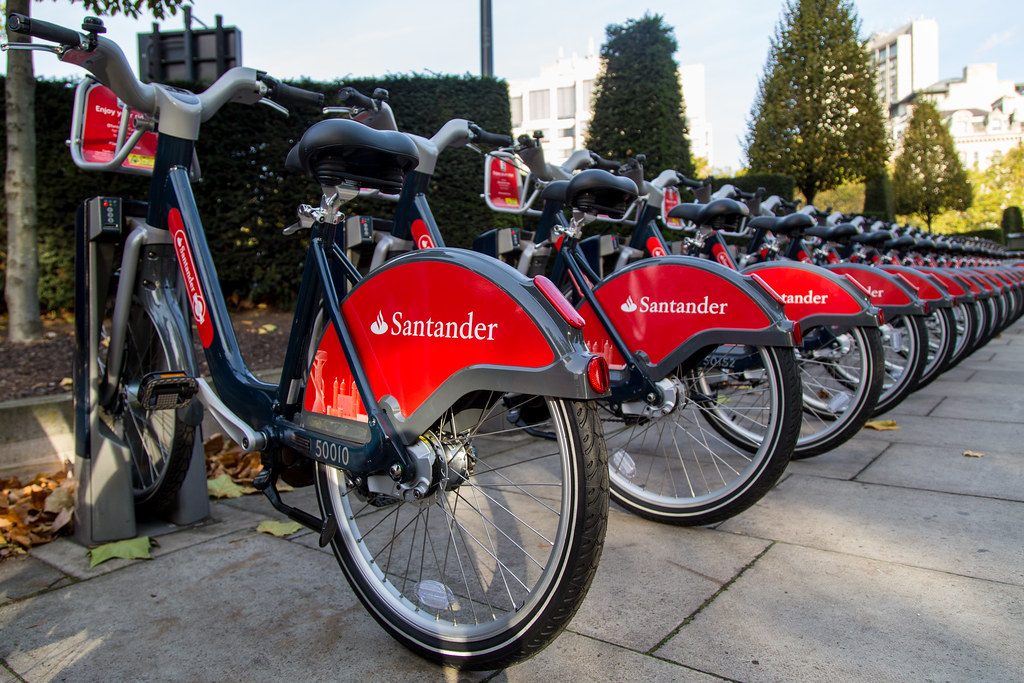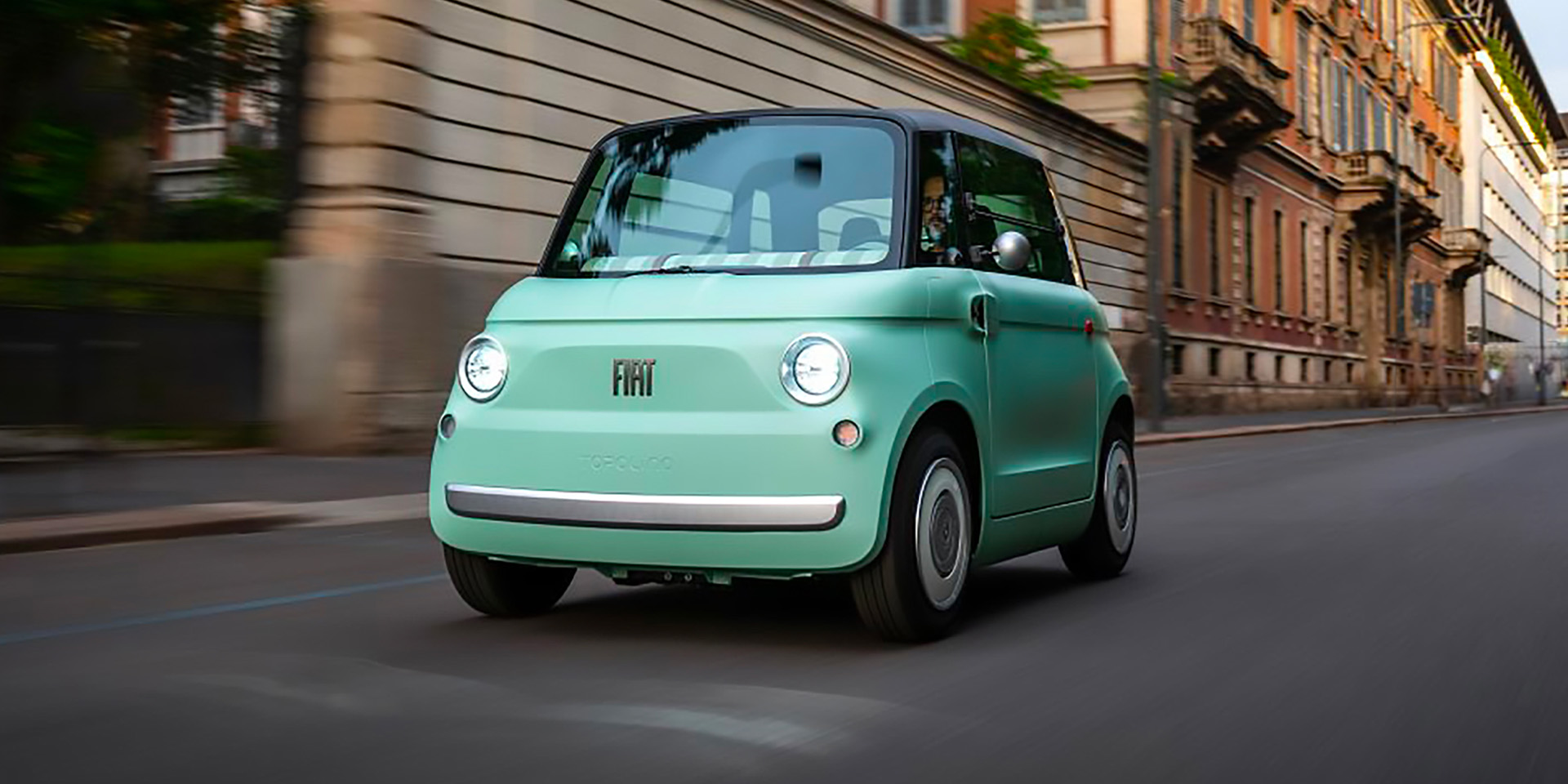As a matter of physics, it’s a no-brainer that scooters are better for the environment than cars.
It takes less energy to transport a 100-kilogram passenger using a 20-kilogram vehicle with a 90% efficient electric powertrain than it does to accomplish the same task using a 2,000-kilogram vehicle with a 30% efficient internal combustion powertrain. When you replace a car trip with a scooter trip, you’re pushing 17 times less weight three times more efficiently.
But that isn't the full story.
Many of the scooters that people ride are shared, like those offered by Lime, Bird, Uber, and Lyft. When you account for everything that goes into producing and operating a shared scooter, from manufacturing to shipping to charging to disposal, its carbon footprint grows.
A recent life-cycle assessment from North Carolina State University (NCSU) attempted to calculate the actual size of that carbon footprint.
The study yielded good, if not spectacular, news for micromobility advocates. It concluded that, on a per-mile basis, shared scooters produce about half as many grams of greenhouse gas as cars, but more than a full-capacity bus, biking, or walking.
Let’s start by stating the obvious: A vehicle that weighs a hundredth as much as an automobile should not be producing half the amount of pollution. Still the clear takeaway from the study is that scooters beat cars on CO2 no matter which way you cut it. That means these two-wheeled devices are an improvement to the transportation system—albeit an improvement with lots of room for improvement.
Yet if you read any of the media coverage surrounding the NCSU report, this would probably not be the conclusion you came away with.
Various outlets, including the LA Times, Vox, MIT Tech Review, and The Verge, held the study up as evidence that scooters aren’t actually “green.” In particular, they seized on the line that scooters pollute more than buses.*

The problem is not only that so many journalists missed the real story here—scooter sharing is a more efficient alternative to driving—but that they ignored the mountains of evidence suggesting that micromobility operators have already begun to solve the very sustainability issues that the NCSU study called out.
The report cites two drivers of waste that, together, make up almost the entire CO2 profile of a shared scooter: short lifespan (50% of the emissions) and wasteful charging practices (43%). Luckily for the planet, those are the two technological problems that the industry is most focused on solving right now.
Scooter companies have already made tremendous strides toward improving the lifespans of their fleets, if for no other reason than the fact that vehicles that depreciate quickly are really bad for business. To give you some sense of how fast things are improving, according to one infamous study, Bird’s original model had an average operational lifespan of only 28 days; today European provider Tier claims its newest hardware can last for 24 months.
As for charging, everyone agrees the current system is broken. Most operators rely on nocturnal armies of gig workers driving around in vans, picking up depleted devices, ferrying them to chargers, refilling their batteries, and putting them on the street—all while burning colossal amounts of carbon-based fuels. Once again, this is an area where the industry’s financial interest dovetails with the public’s environmental interest. For the next generation of hardware, most major operators, including Jump, Bird, and Wind, are developing removable batteries, which will allow a single worker to swap dozens, if not hundreds, of cells per trip.

In other words, scooter operators are already ameliorating their two biggest sources of emissions. So why am I picking a fight with journalists over a study that came out months ago? Here’s why.
In the midst of the most serious climate crisis the planet has ever faced, most large cities around the world are looking for options to drive down transportation emissions. The way in which many in the media have covered the NCSU study—by cherrypicking data for clickbait headlines—has seeded doubt about micromobility among both the public at large and reformers in government.
I’ve had multiple conversations with transportation officials all over the world who have cited news articles related to this study as the reason why they get pushback when they try to incorporate dockless scooters into their arsenal of climate solutions. Given that these vehicles represent possibly one of the most cost-effective and quickest ways we can reduce transport emissions, this a grievous setback.

A few months ago I had the opportunity to visit the Transport Museum in London and happened upon a display about the city’s first combustion-engine buses. As it turns out, these vehicles were notoriously unreliable and rarely lasted more than a few weeks on the road before breaking down.
Did cities give up on buses because the earliest models were crude and inefficient? No, they saw the potential for mass transit by motor vehicle and gave the new invention patience. Gradually the technology got better.
Nowadays, if the NCSU study is to be believed, high-ridership buses are the most environmentally-friendly form of motorized transport there is.
Like buses, we need to give scooters time to improve if we want to unlock their full potential to reduce emissions.
Fortunately new technologies improve fastest in their early years. Based on the rate of innovation so far, we may not have to wait long to see the full environmental benefits of scooters.
*While I agree with the NCSU researchers’ methodology overall, I take issue with their choice to define a full-capacity bus as 60 people sitting or standing. Ridership rates that high are very uncommon in most places, making it an unfair point of comparison for shared scooters.
Micromobility America returns to the Bay Area on April 22-23, 2020, for a two-day program devoted to the disruptive potential of lightweight electric vehicles. Learn more about the conference and get tickets here.

.svg)
%2Bcopy.jpeg)


.svg)












